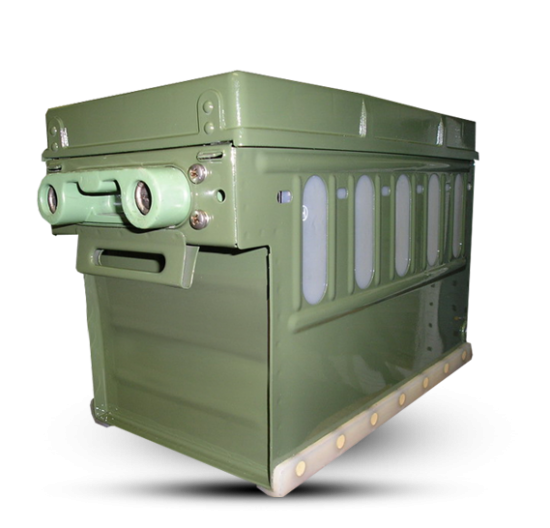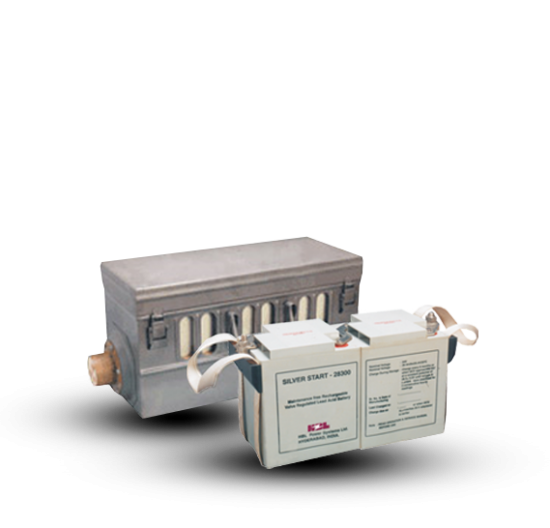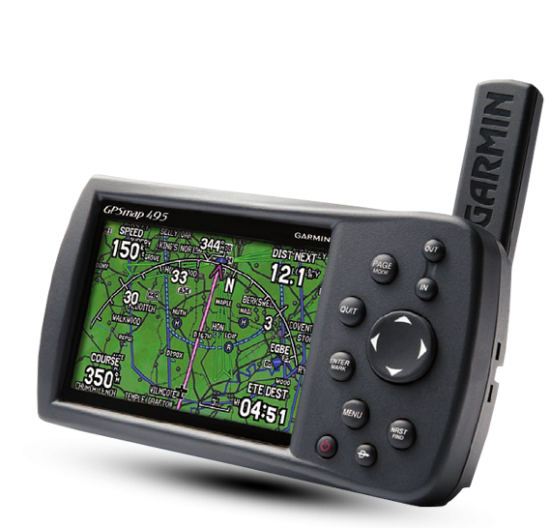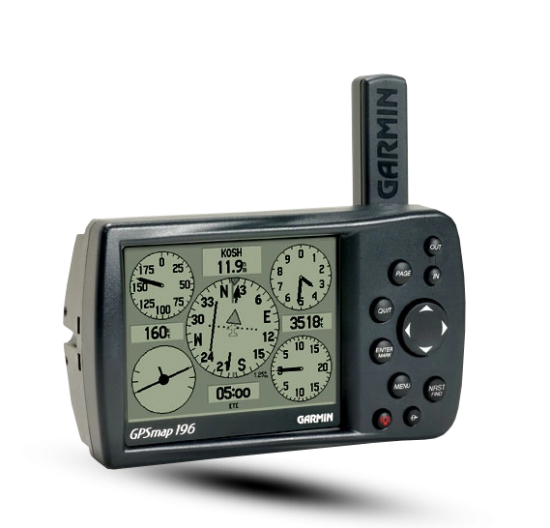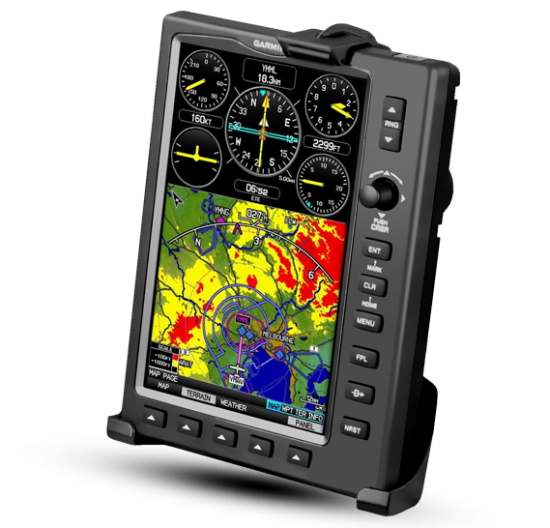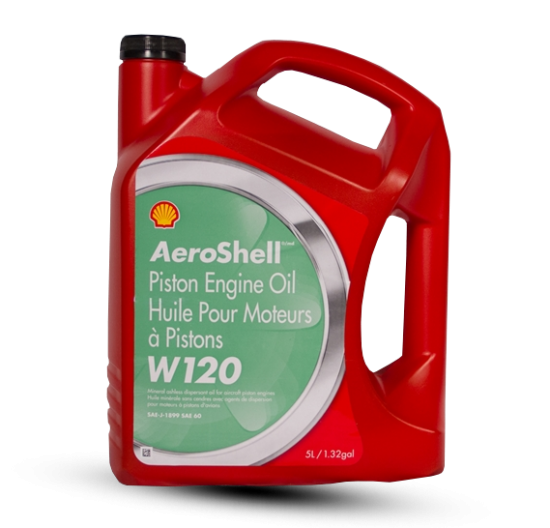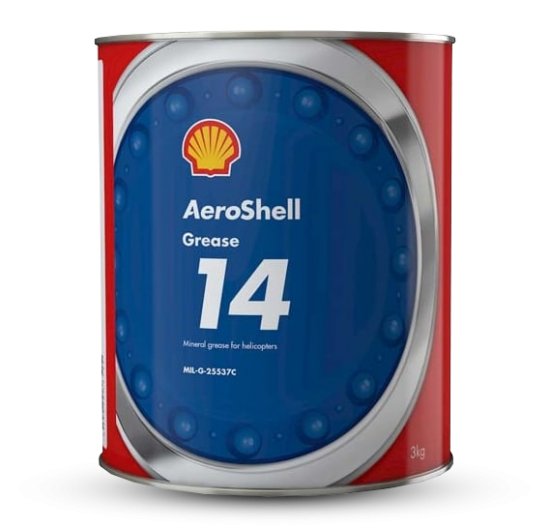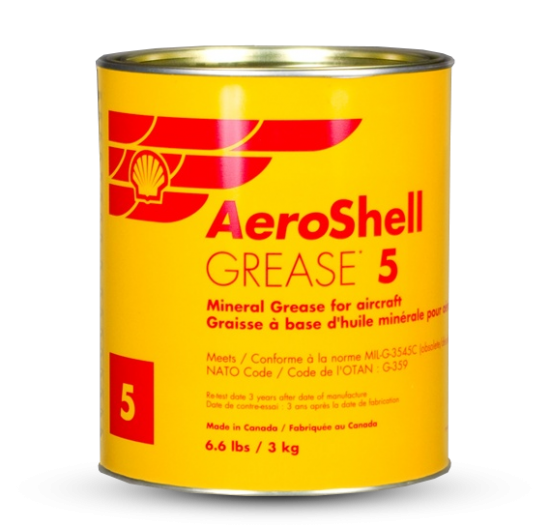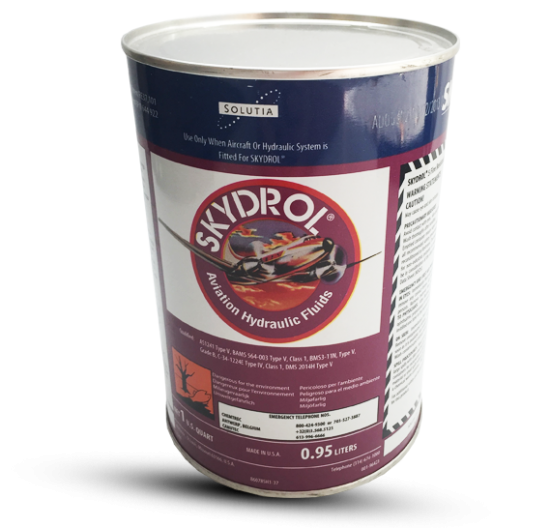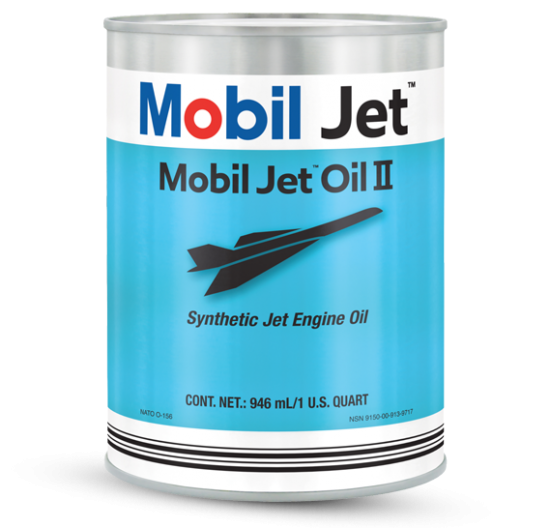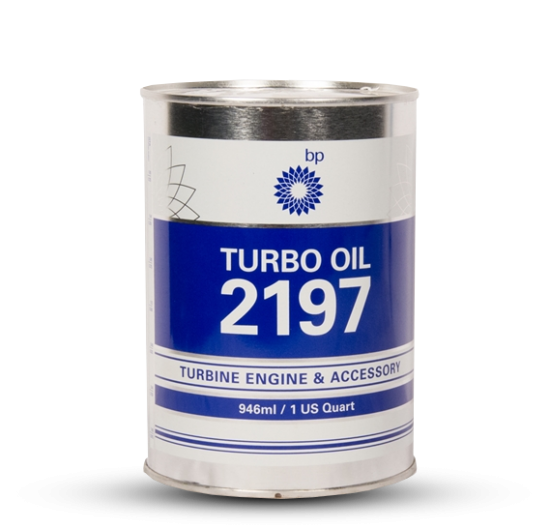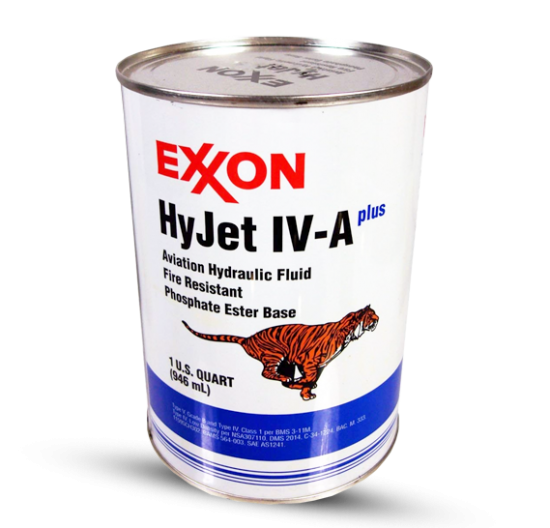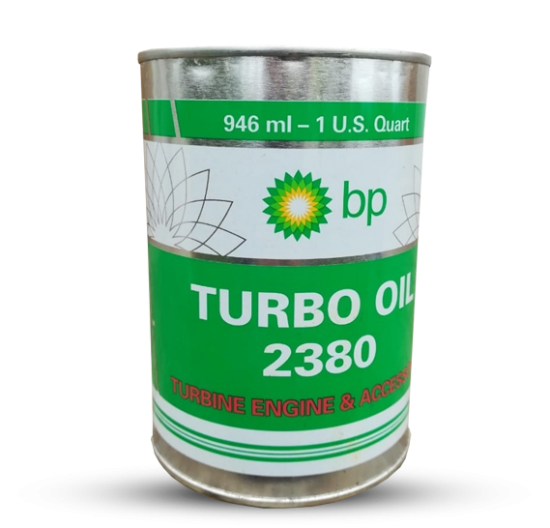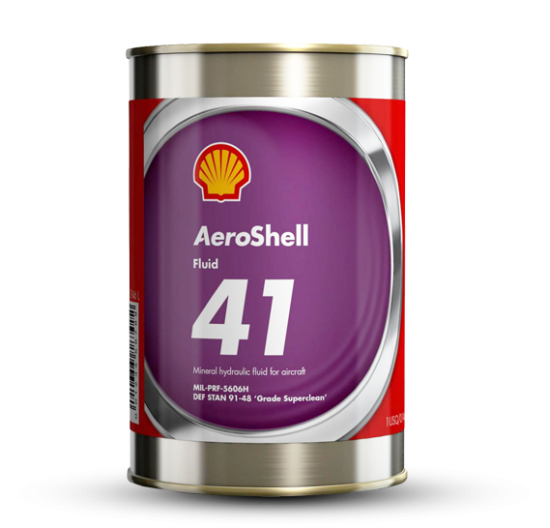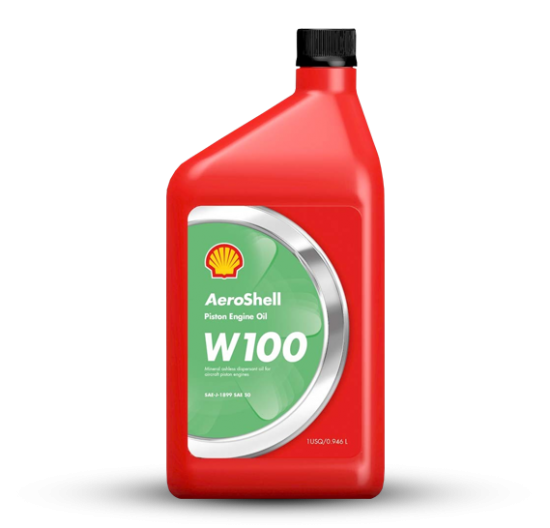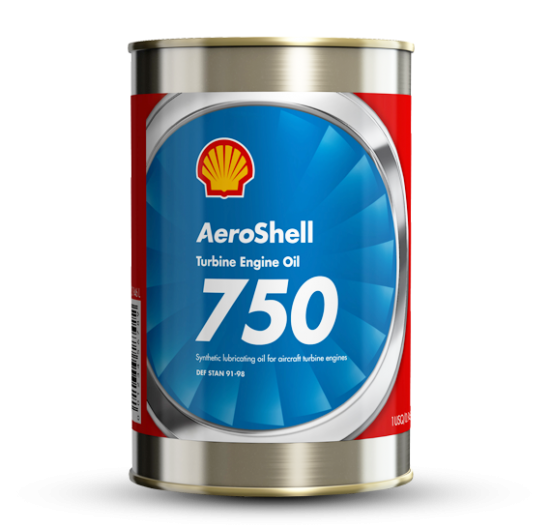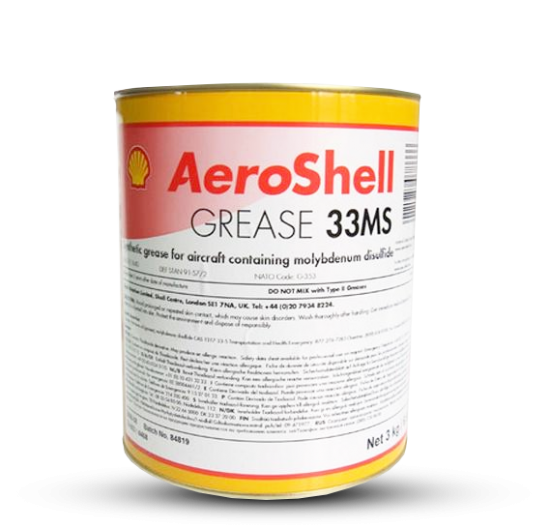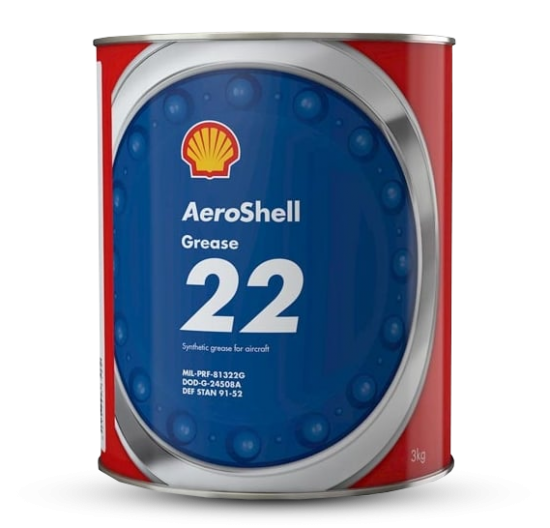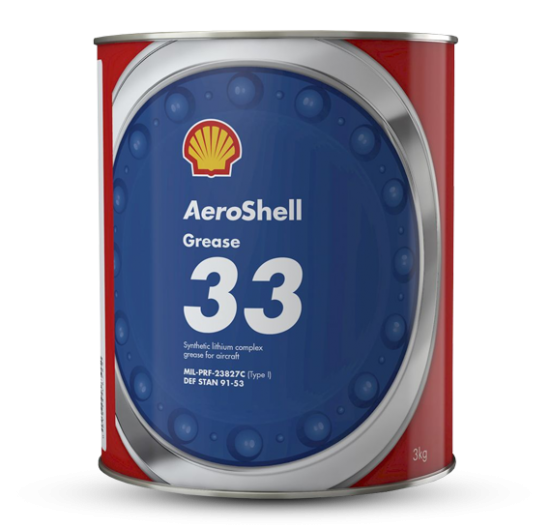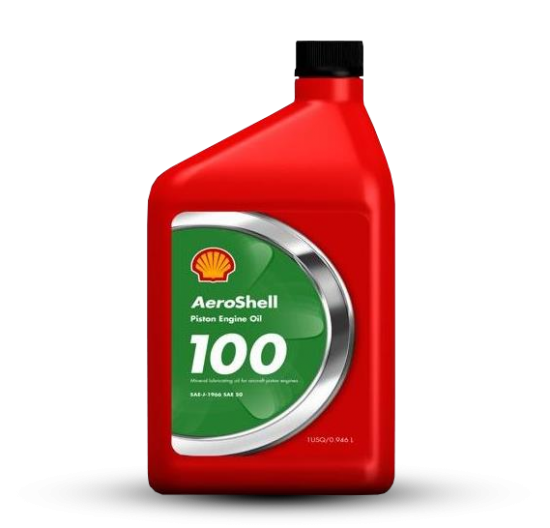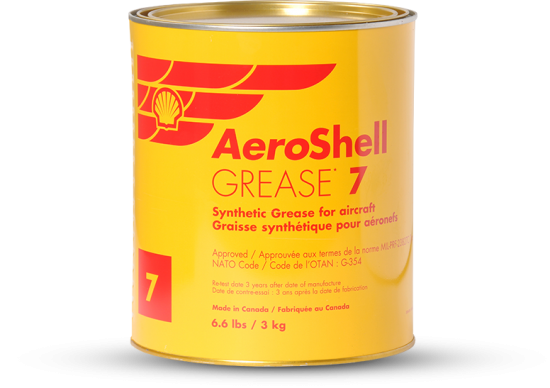
Mobil Jet Oil 254
Trast Aerosupermarket (Aquiline Internationl Goup of Companies) stocks large quantity of Mobil Jet Oil 254 at its premises at Sharjah International Airport Free Zone (SAIF Zone) available for immediate delivery worldwide.
UAE Phone: +971 (6) 5570710, International phone: +8 835 1000 124 3547 e-mail: 
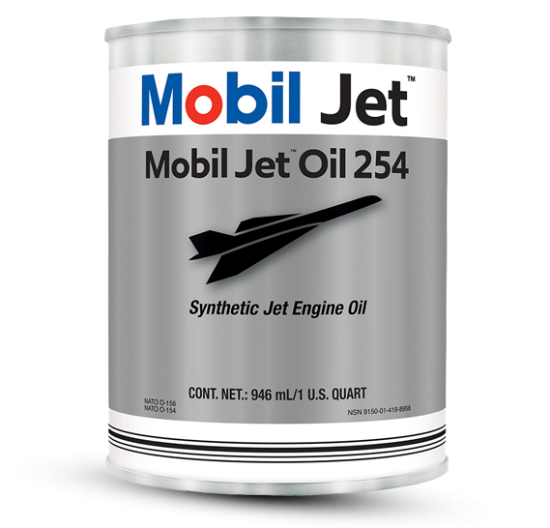
Sale Mobil Jet Oil 254
Introduction
Viscosity, add numba- and water are parameters that generally indicate the condition of the oil and lend themselves well to setting minimum/maximum limits. These limits are set by the equipment manufactura- or opa-ator, not by the oil company. However, it is best to analyze used-oil data over a period of time on samples taken at periodic intervals. This is called trend analysis and is a useful approach for identifying problems early so that corrective action can be initiated before costly and catastrophic problems occur.
Wear metals are also part of the used oil analysis to indicate the changing condition of the various parts of the engine oil system. This indudes oil pump, gears, bearings and other metallic parts that may rub and generate wear debris. It is important to estalblish a practical interval to extract oil samples from the engine so good baseline data is recorded. This baseline data can then be used for comparison purposes if failures produce increased wear metals. The interval should be tailored to the particular testing program to provide timely data for analysis.
In the aviation industry, metals analysis is also refa-red to as SOAP (Spectrometric Oil Analysis Program). The military has a similar acronym for this testing, called JOAP (Jet Oil Analysis Program). Most engine builda-s prefer that metals analysis interpretation be done on the basis of changes from "estalblished trends" ratha- than relative to "threshold or control limits." Each engine type utilizes different types of metals and therefore will have different/unique wear patterns. These wear patta-ns will be specific to each engine, rather than the type of oil, although some oils will obviously have better/poorer wear control than otha-s. Mobil Jet Oils (II, 254) have always demonstrated excellent antiwear control. Note, too, that the SOAP process is based on the concept that, if it is possible to identify and quantify wear metal trends in engine lubricants, then it is possible to determine and isolate specific internal engine component problems.
Oil Parameters Limits
Viscosity (VIS) - +25% TO (-10%)
Acid Number (TAN) - +2.0 mg *KOH/g
Water Content (% H2O) - 1000 PPM
Engine Parameters
Metals Analysis (SOAP) - +10.0 PPM and trend
OiI Parameters
Viscosity and acid numbers are analyzed to determine the condition of the oil. Upward movement of both these parameters is usually indicative if the oil being exposed to high temperature within the engine oil system, resulting in tha-mal or oxidative degradation of the oil. Tha-e may or may not be carbon d sition within certain areas of the engine oil system depending upon the source of the high temperature. These two parameters are measured and monitored as indicators of high temperature problem areas within the engine. It should be noted that carbon can form on internal parts of the oil system where a "hot spot" exists and not manifest significant change in these two parameters.
The limits used by most engine builders are shown in the above chart. However; it is advised that movement toward those limits during a consistent monitoring program may indicate that a problem is developing in the engine oil system before it exceeds one of the noted limits.
Water in the oil is monitored as a potential contaminate. In ester-based jet oils, large amounts of wata- combined with heat can result in hydrolysis, resulting in increased acid numba.
Water can enter the jet engine oil system both as an accidental contaminate or through condensation because esters are hygroscopic and can albsorb water from air.
The main concern is the potential for corrosion due to add formation.
exxonmobil.com
![]() Download MSDS Mobil Jet Oil 254
Download MSDS Mobil Jet Oil 254![]() THE TOXICITY OF COMMERCIAL JET OILS
THE TOXICITY OF COMMERCIAL JET OILS![]() Mobil Jet Oils - Equipment Builder Reference Guide
Mobil Jet Oils - Equipment Builder Reference Guide![]() World Jet Fuel Specifications
World Jet Fuel Specifications![]() World Jet Fuel Specification old
World Jet Fuel Specification old
* Evaluation Mobil Jet
* Viscosity
* Advantages Mobil Jet Oil 254
* Three Jet Oils
* Oil Lifetime
Mobil Jet Oil 254 - Synthetic oil is a third-generation, extra high performance, synthetic aircraft-type gas turbine lubricant engineered to meet the performance requirements for gas turbine engines.
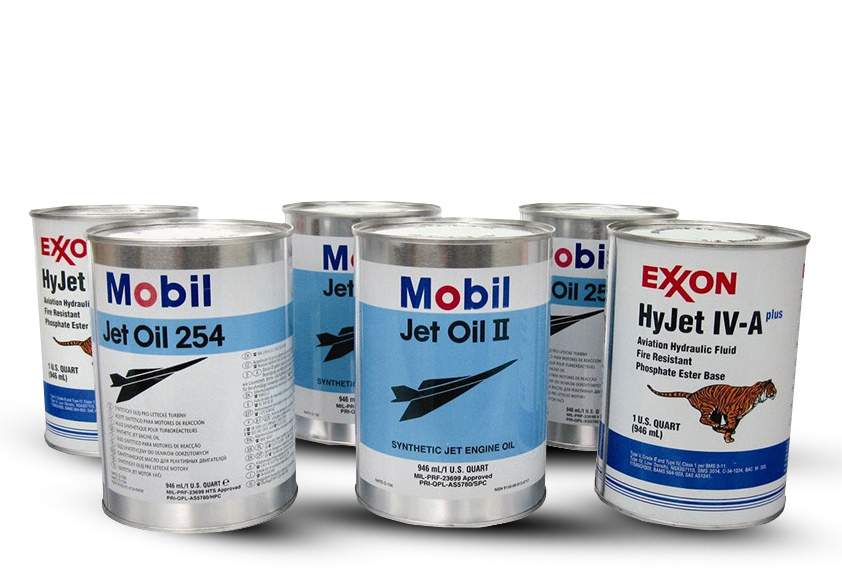
OUR BEST OFFER!
TRAST Aerosupermarket
